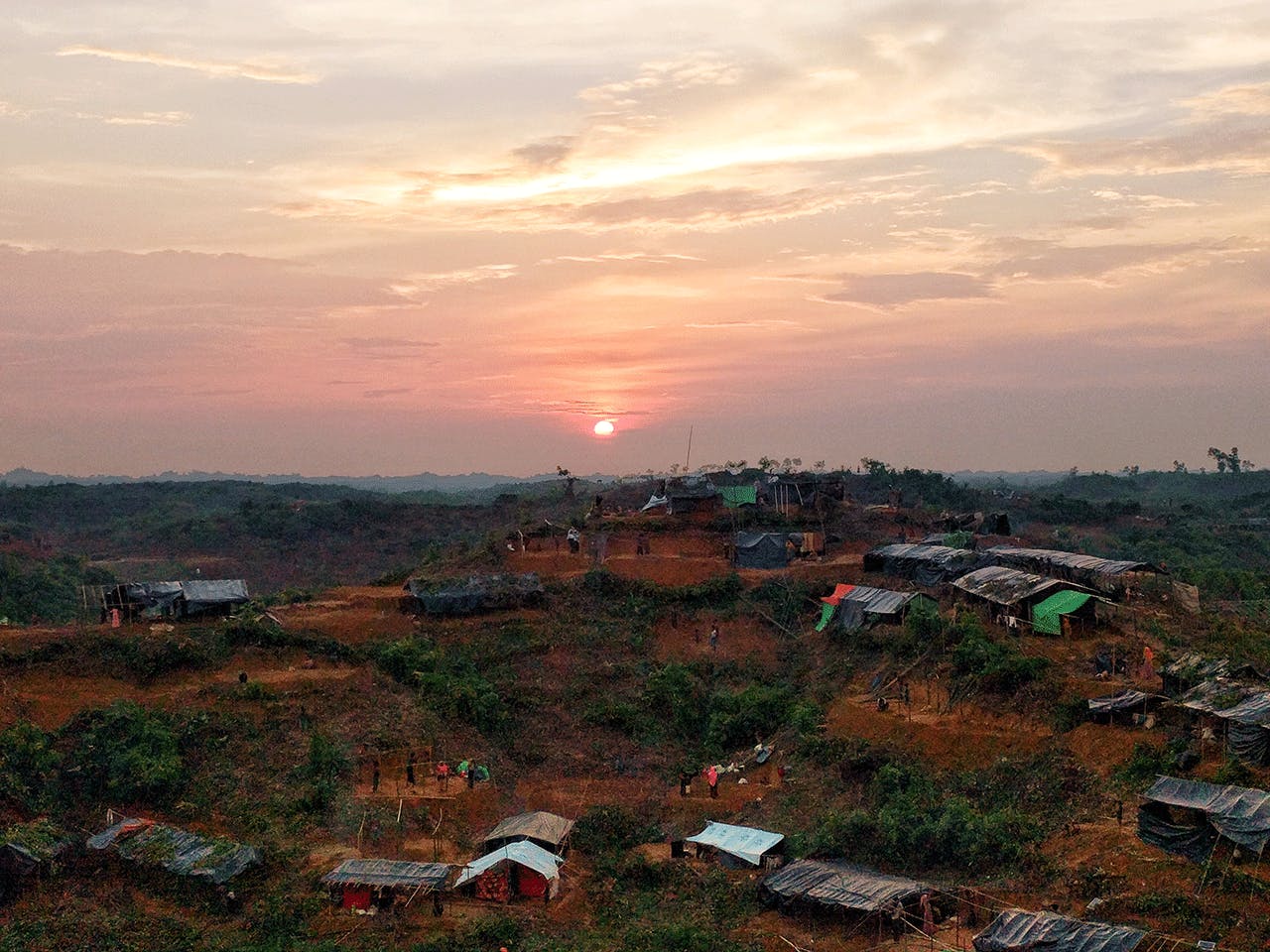THE ROHINGYA REFUGEE CRISIS HAS BECOME one of the most substantial humanitarian issues in the world today. Since August 2017, over 700,000 Rohingya have been forced out of their homes in the Rakhine State of Myanmar.
Rohingya refugees have been living in overcrowded camps in neighboring Bangladesh, where aid and supplies are scarce. Waterborne diseases, violence, and environmental threats are pressing problems for those surviving with limited resources. Communication about shelter, health, and education has become an invaluable commodity for many of the refugees, and an increasingly important use for aid.
Unfortunately, although there are various scripts that can be used to write the Rohingya language, only about 20 percent of the refugees are literate, making it difficult to produce electronic materials that could help inform the displaced populace. Adapting older, more established technology has become one of the best strategies for spreading information through refugee communities. UNICEF and BBC Media Action partnered to invest in local daily radio programs. By providing essential information about health and safety, these programs have become invaluable to the crowded populations. OurBeeb reported in September 2018 that “listeners found the information provided by the programs to be trustworthy, relevant, and useful.” Advice on health issues, child protection, and hygiene are also shared via radio.











